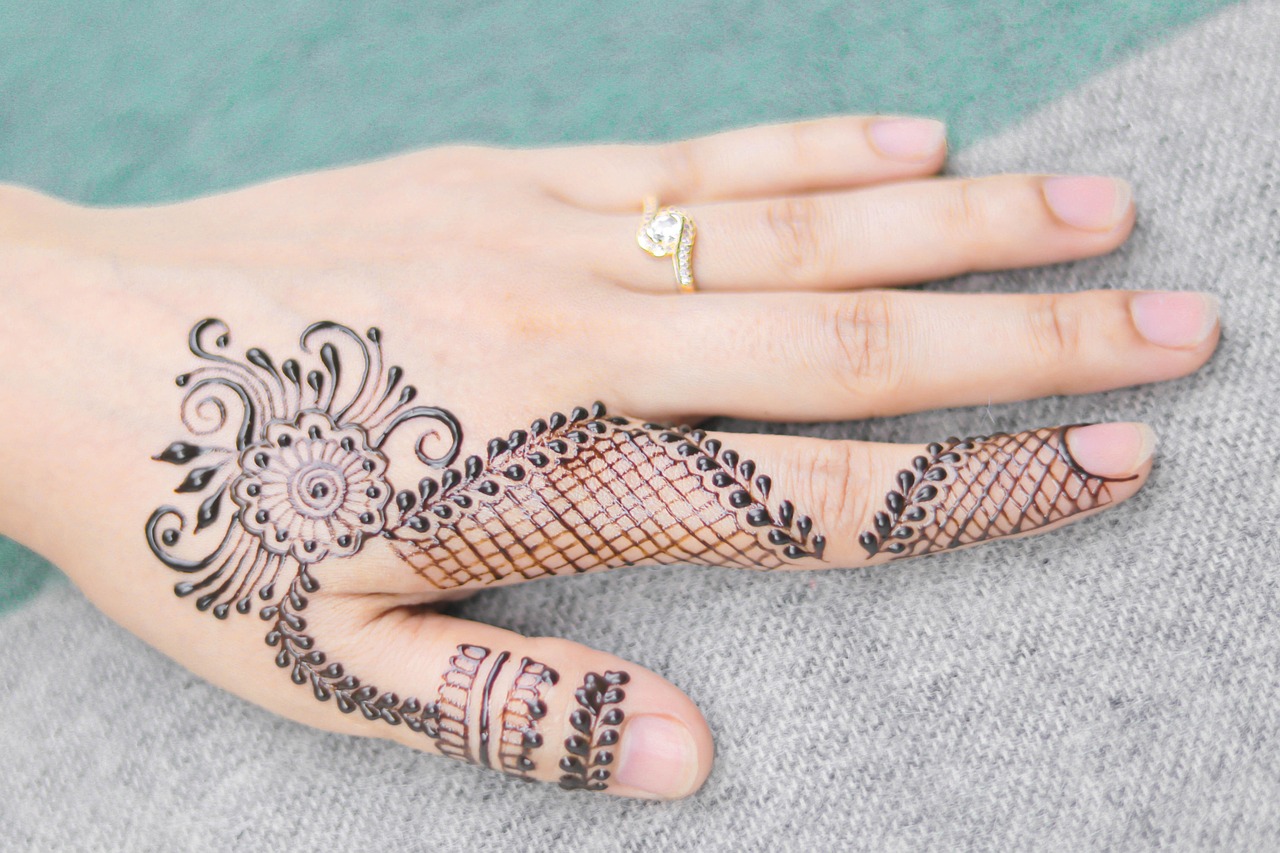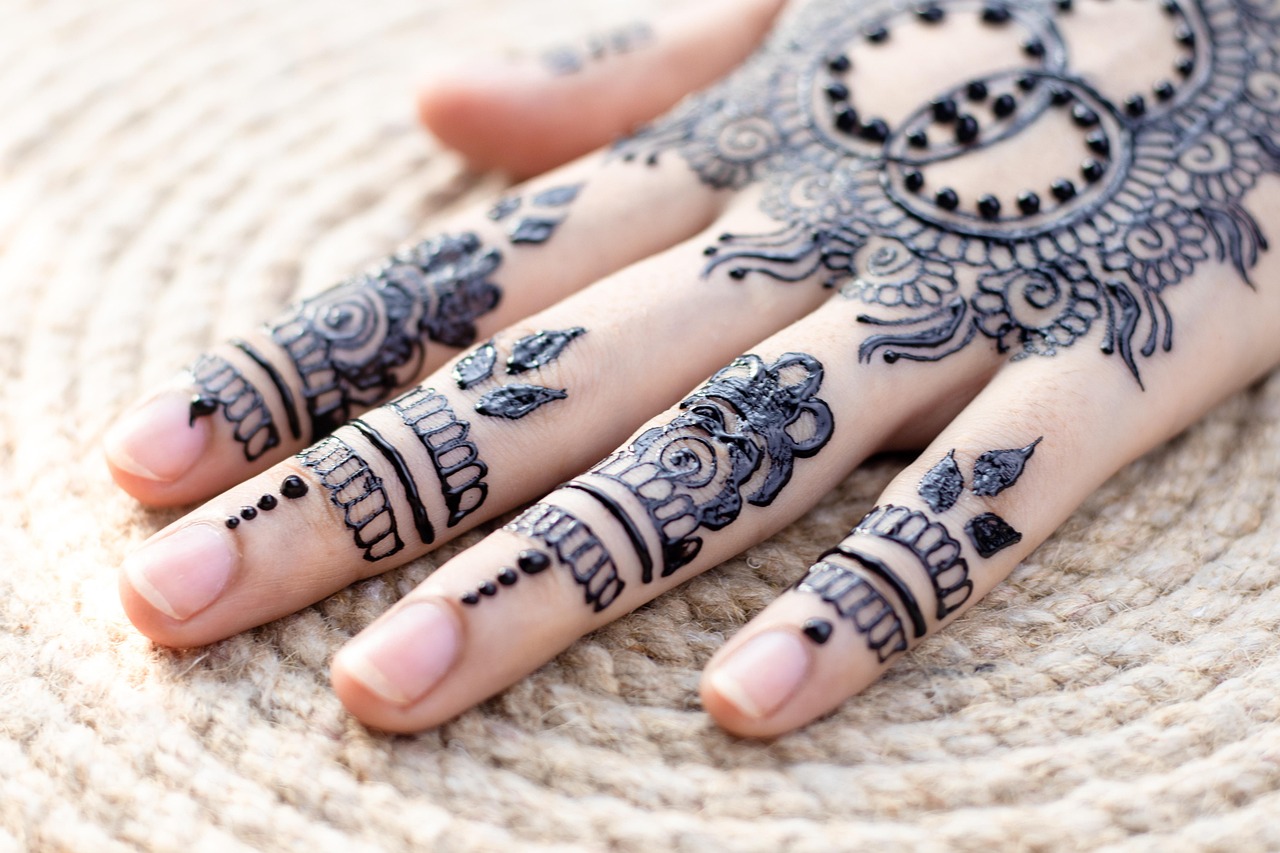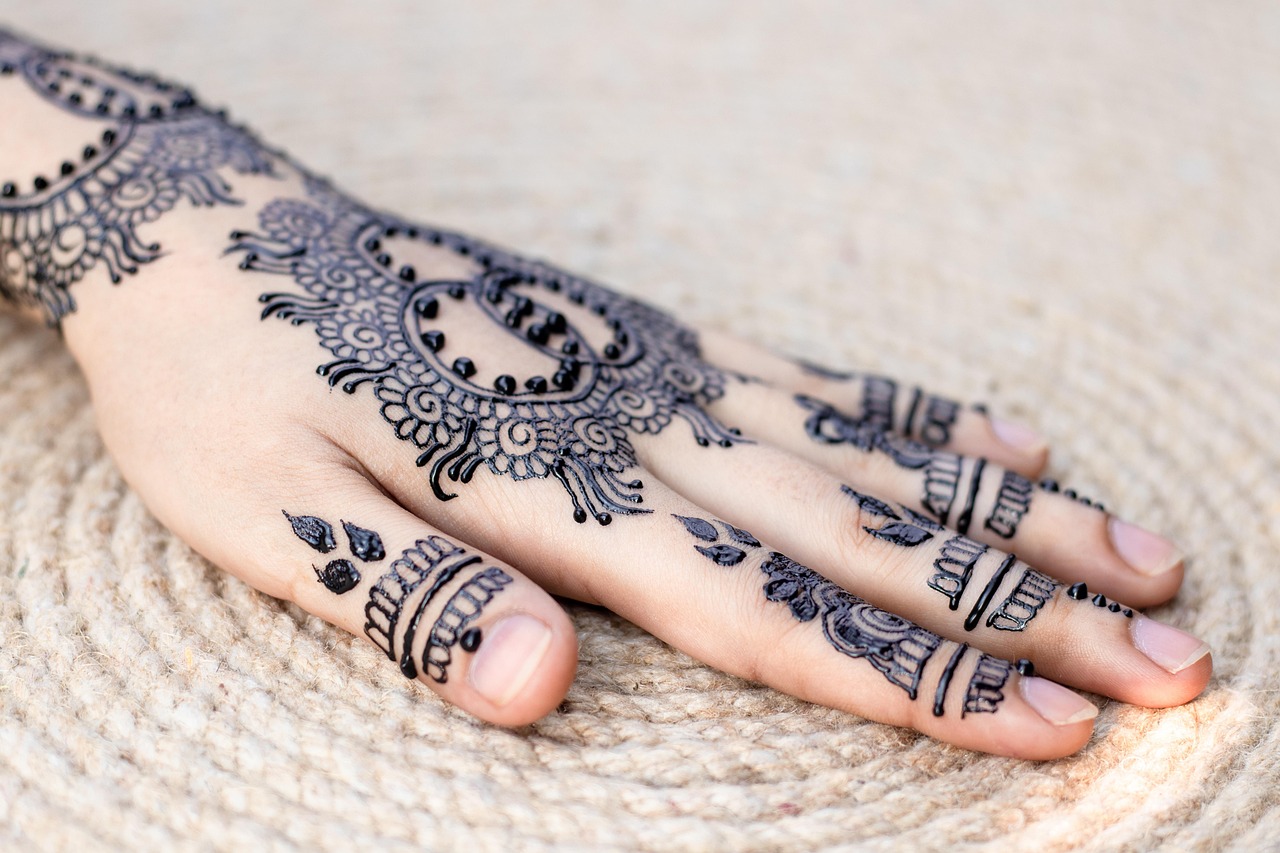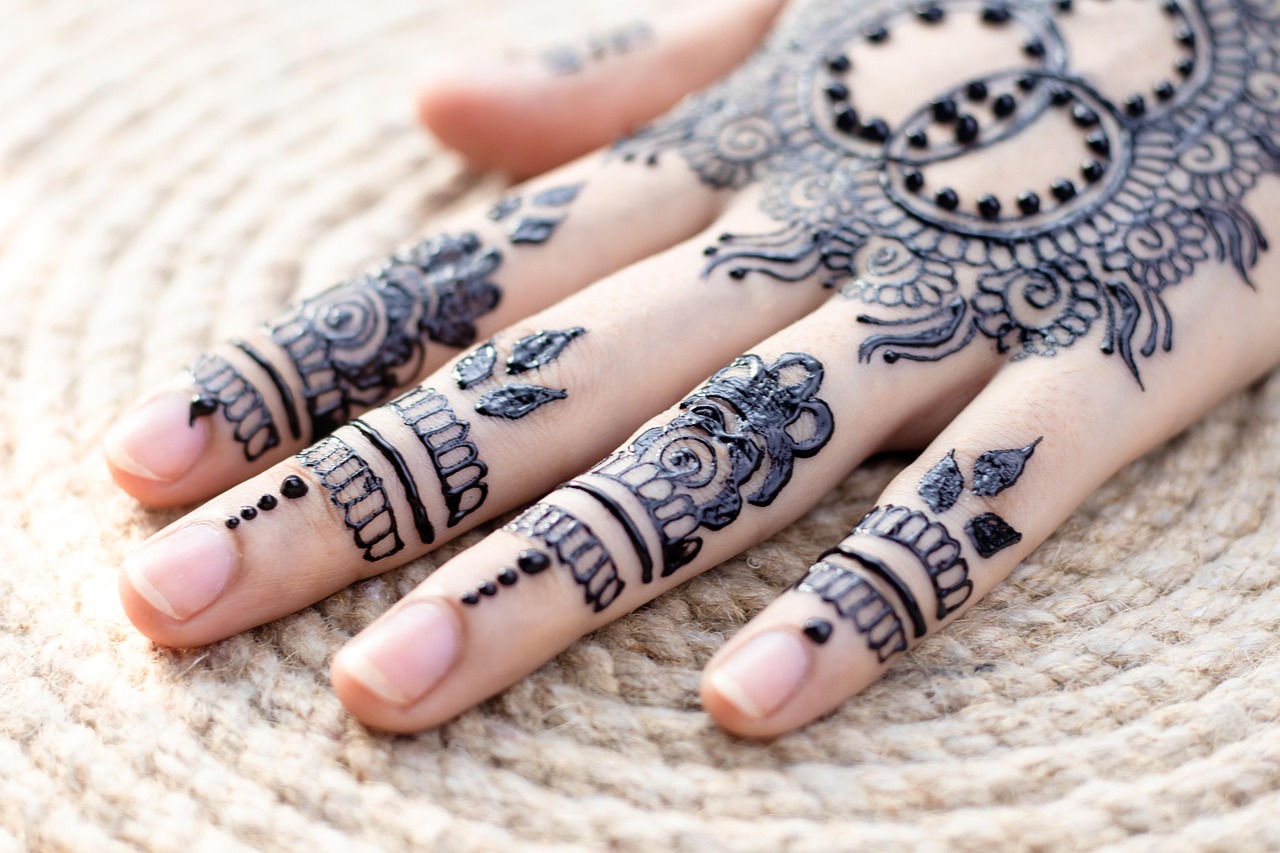Understanding Mehndi Design Meanings: A Guide to Their Symbolism and Significance
Mehndi designs are more than just beautiful patterns; they hold deep cultural and symbolic meanings. Whether you’re preparing for a joyous celebration or simply admiring the intricate artistry, understanding the meanings behind mehndi designs adds a layer of appreciation to this beautiful form of expression. In this article, weâll explore the fascinating insights behind mehndi design meanings, their symbolism, and some of the most common elements used in henna art.
Key Aspects of Mehndi Design Meanings
Mehndi, also known as henna, carries centuries of tradition and cultural relevance in parts of South Asia, the Middle East, and other parts of the world. Each design isn’t just for aesthetics but often holds a deeper meaning, representing prosperity, love, joy, and spirituality.
What do common mehndi motifs symbolize?
Mehndi patterns are composed of various motifs, each with its own traditional and emotional significance. For example:
- Peacocks: A symbol of beauty and grace, peacocks in a design often represent elegance and pride.
- Lotus designs: The lotus flower stands for purity, rebirth, and enlightenment, frequently used in bridal mehndi.
- Vines and leaves: Representing devotion and vitality, these motifs are widely included in celebratory designs.
- Mandalas: These spiritual circular patterns often symbolize completeness and the universe.
External Information – Cultural Significance
According to a study published in the Journal of South Asian Studies, mehndi patterns are deeply interwoven with ritualistic practices, particularly in weddings where they symbolize love, fertility, and good fortune.
Decoding Mehndi Design Meaning Through Regional Variations
Mehndi designs and their meanings also vary based on regional traditions. Different areas have unique styles and motifs, reflecting cultural nuances that add to their significance.
How do Indian, Arabic, and African mehndi designs differ?
Each region has developed its distinct form of mehndi designs over time:
- Indian designs: Known for their bold and intricate patterns, these include detailed depictions of paisleys, flowers, and deities, symbolizing spirituality and celebration.
- Arabic designs: Featuring flowing linear patterns and less dense coverage, Arabic mehndi is often associated with elegance and simplicity, symbolizing beauty with minimalism.
- African designs: Consisting of bold geometric shapes and tribal aesthetics, African styles often carry meanings of heritage and protection.
External Information – Case Study
As per an article from National Geographic, bridal mehndi in Rajasthan, India, often incorporates auspicious symbols like Kalash pots or sacred animals, tying in local customs with the bride’s identity.
Tips for Choosing Meaningful Mehndi Designs
When selecting a mehndi design, you might want to blend tradition with personal symbolism. Hereâs how to choose a design that resonates both culturally and personally:
How can I personalize my mehndi design?
To make your design more unique and meaningful, consider these tips:
- Incorporate initials or dates: Symbolize important relationships or milestones, especially in bridal designs.
- Highlight personal symbols: For instance, incorporate a bird or flower that holds sentimental value for you.
- Blend styles: Mix Indian motifs with Arabic patterns to add a contemporary touch while keeping traditional roots intact.
External Information – Expert Tip
Mehndi artist Veena Patel, known for her intricate bridal designs, recommends, “Choose symbols and patterns that resonate with your story and personality. Mehndi is not just art, but also a reflection of your essence.”
Conclusion
Mehndi design meanings go far beyond their visual allure. From representing prosperity and spirituality to showcasing cultural identity and personal stories, each pattern tells a unique tale. By understanding this ancient art formâs deep-rooted symbolism, you can appreciate its true beauty and significance.
Ready to pick an intricate mehndi design that speaks to you? Share your thoughts or favorite designs in the comments below, and donât forget to bookmark this guide. For more tips and inspiration, subscribe to our newsletter!



